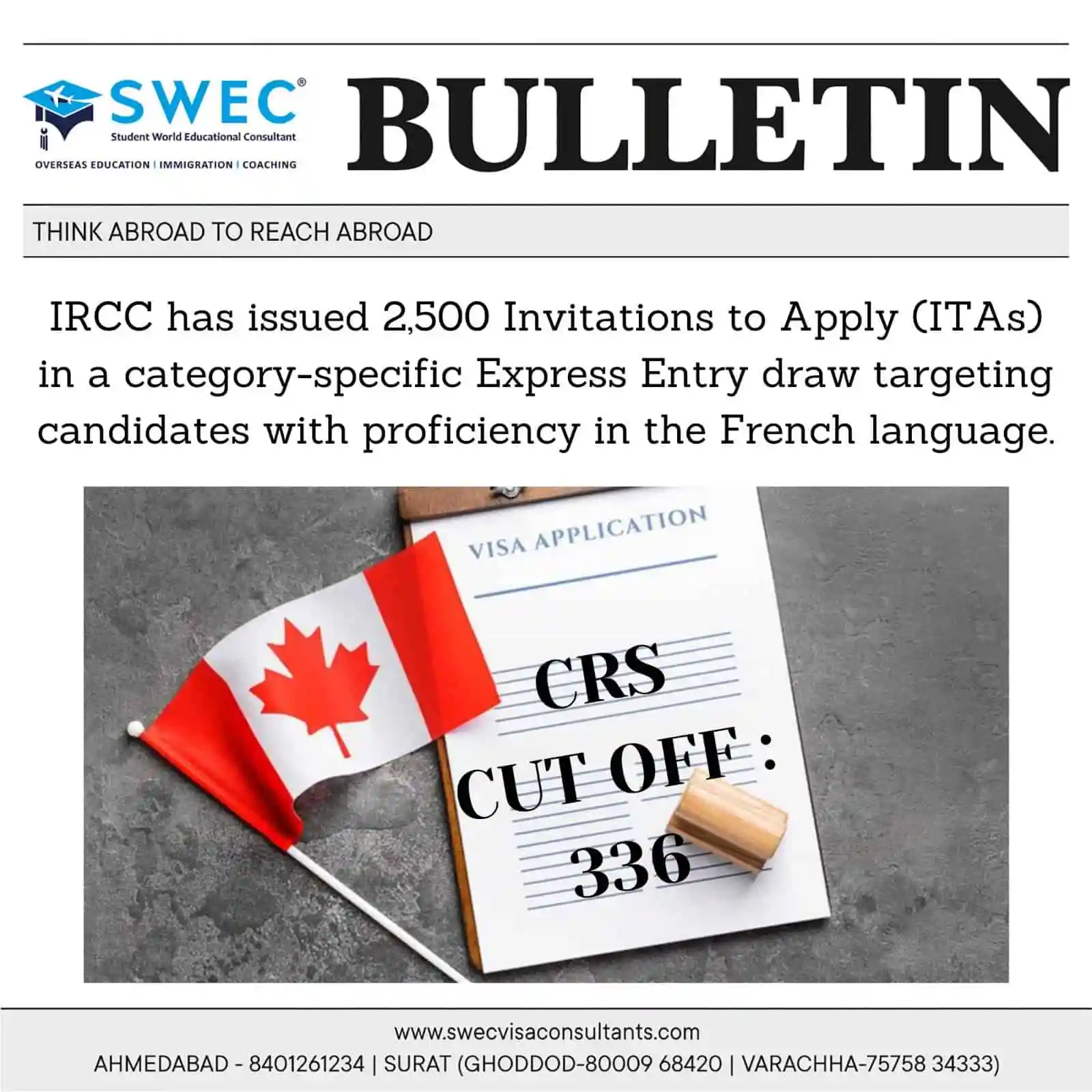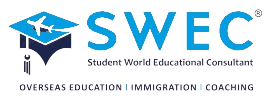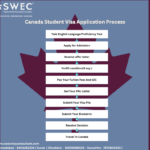
According to IRCC’s Immigration Levels Plan, the department plans to welcome 110,770 new PRs in 2024 through Express Entry. This represents a significant increase from last year, in which the government targeted 82,880 newcomers for Canadian PR through the same system. In 2025 and 2026, this number is set to stabilise at 117,500.
Immigration Refugees and Citizenship Canada (IRCC) has invited candidates to apply for permanent residence in the second Express Entry draw of the week.
The department issued 2,500 invitations to apply (ITAs) in a in a category-based selection draw for candidates with strong French language proficiency
Candidates required a minimum Comprehensive Ranking System (CRS) score of 336.
Today’s draw follows a general draw on February 28 in which 1,410 candidates with a minimum CRS of 534 received invitations to apply. In a general draw, candidates are considered from all three Express Entry managed programs.
The results this week round up a busy February. Not including today’s draw, 13,610 candidates received ITAs in five draws. Two of the draws were general and three were category-based selection draws for candidates with strong French proficiency, healthcare occupations and agriculture and agri-food occupations.
Summary of Express Entry draw results in 2024
| Date | Draw Type | Number of ITAs | Minimum CRS |
|---|---|---|---|
| February 28 | General | 1,470 | 534 |
| February 16 | Agriculture and agri-food occupations | 150 | 437 |
| February 14 | Healthcare occupations | 3,500 | 422 |
| February 13 | General | 1,490 | 535 |
| February 1 | French language proficiency | 7,000 | 365 |
| January 31 | General | 730 | 541 |
| January 23 | General | 1,040 | 543 |
| January 10 | General | 1,510 | 546 |
IRCC says category-based selection not changing in 2024
In May 2023, the department introduced category-based selection rounds of invitations for candidates who can demonstrate that they met the criteria for one of six new Express Entry draw categories:
- Healthcare occupations
- Science, technology, engineering, and mathematics (STEM) professions
- Trades occupations, such as carpenters, plumbers, and contractors
- Transport occupations
- Agriculture and agri-food occupations
- Strong French proficiency
At the time of the announcement, the department said that it would review these categories and make any changes deemed necessary. As of February 13, IRCC has confirmed that these categories will not be updated in 2024.
The categories were chosen following consultations with IRCC stakeholders such as a provincial and territorial governments, settlement services and Canadian businesses and employers.
Candidates with these attributes must be in the application pool under one of the three Express Entry-managed programs to be considered.
What is Express Entry?
Express Entry is a management system for immigration applications. The system exists to help expedite application processing for economic immigration candidates in three programs: the Federal Skilled Worker Program, the Canadian Experience Class, and the Federal Skilled Trades Program.
Express Entry utilises the Comprehensive Ranking System to assign scores based on human capital attributes such as occupation, education, language ability, work experience and age. Candidates with the highest scores are the most likely to receive an Invitation to Apply for PR status.
Candidates who also receive a nomination through the Provincial Nominee Program can gain an additional 600 CRS points. This virtually guarantees that they will get an ITA in an upcoming draw.
Once an Express Entry candidate receives an ITA, they have 60 days to submit their final application to gain Canadian PR to IRCC.
How many ITAs will be delivered this year through Express Entry?
According to IRCC’s Immigration Levels Plan, the department plans to welcome 110,770 new PRs in 2024 through Express Entry. This represents a significant increase from last year, in which the government targeted 82,880 newcomers for Canadian PR through the same system. In 2025 and 2026, this number is set to stabilise at 117,500.
Starting in 2025, Canada’s allocation for new permanent residents through the PNP will increase to 120,000—making provincial pathways collectively, Canada’s main route to welcome new economic immigrants.




